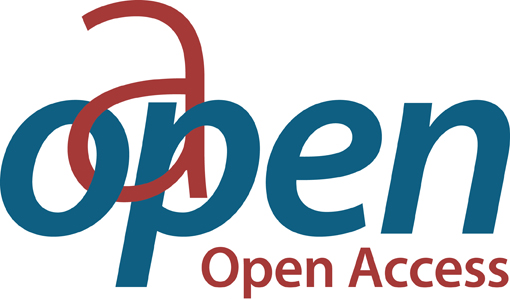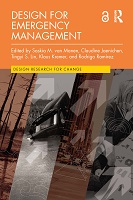Chapter 9 Awareness to preparedness
Proposal review
A design-led approach to building resilience and readiness for the next Alpine Fault earthquake
| dc.contributor.author | Lake-Hammond, Alice | |
| dc.contributor.author | Orchiston, Caroline | |
| dc.date.accessioned | 2023-11-15T14:22:38Z | |
| dc.date.available | 2023-11-15T14:22:38Z | |
| dc.date.issued | 2024 | |
| dc.identifier.uri | https://library.oapen.org/handle/20.500.12657/85144 | |
| dc.description.abstract | The journey an individual or group takes from hazard awareness to active preparedness is often reliant on their access to clear and consistent hazard information, an understanding about the risks posed and relevance to them, and their capacity to take action to mitigate these risks. In New Zealand, this process is typically facilitated by emergency managers though public education activities aimed at building community resilience and readiness. This chapter describes a case study, the AF8 Roadshow: The Science Beneath Our Feet, to illustrate a design-led approach to facilitating this process of awareness to preparedness. The focus of this case study is the Alpine Fault, the South Island of New Zealand’s largest natural hazard with the ability to generate magnitude 8+ earthquakes (AF8). The last known event of this size was in 1717, which is beyond current living memory, and communicating and interpreting this hazard risk requires a collective effort to share and apply multiple domains of existing knowledge and experience. The AF8 Roadshow applies principles of design thinking to blend earthquake science with local knowledge and experience, positioning communities alongside scientists and emergency managers as active participants in a problem-solving process to enable readiness and resilience. | en_US |
| dc.language | English | en_US |
| dc.subject.other | Alpine Fault, Aotearoa, CARE package, DRM, EEW, Mexico City, NGO, NHC, New Zealand, The Bahamas, participatory design, pictogram, risk, signs, visual standards, wildfire, fire, flood, global warming, government, high-rise buildings, hurricane, hydrographs, industrial design, maps, opioid overdose | en_US |
| dc.title | Chapter 9 Awareness to preparedness | en_US |
| dc.title.alternative | A design-led approach to building resilience and readiness for the next Alpine Fault earthquake | en_US |
| dc.type | chapter | |
| oapen.identifier.doi | 10.4324/9781003306771-10 | en_US |
| oapen.relation.isPublishedBy | 7b3c7b10-5b1e-40b3-860e-c6dd5197f0bb | en_US |
| oapen.relation.isPartOfBook | 4339979b-5126-4173-ba11-48ddab849fcc | en_US |
| oapen.relation.isFundedBy | 2d82c11a-9ba8-4223-8da9-d55d8a43cbd5 | en_US |
| oapen.relation.isbn | 9781032285030 | en_US |
| oapen.relation.isbn | 9781032308098 | en_US |
| oapen.imprint | Routledge | en_US |
| oapen.pages | 17 | en_US |
| peerreview.anonymity | Single-anonymised | |
| peerreview.id | bc80075c-96cc-4740-a9f3-a234bc2598f1 | |
| peerreview.open.review | No | |
| peerreview.publish.responsibility | Publisher | |
| peerreview.review.stage | Pre-publication | |
| peerreview.review.type | Proposal | |
| peerreview.reviewer.type | Internal editor | |
| peerreview.reviewer.type | External peer reviewer | |
| peerreview.title | Proposal review | |
| oapen.review.comments | Taylor & Francis open access titles are reviewed as a minimum at proposal stage by at least two external peer reviewers and an internal editor (additional reviews may be sought and additional content reviewed as required). |

